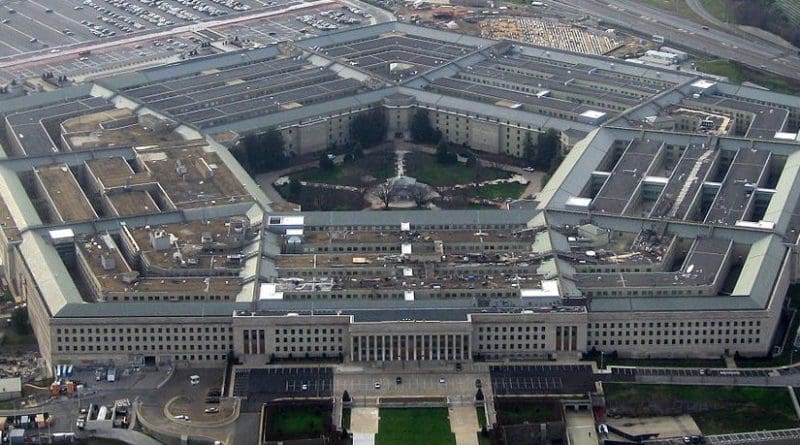New Strategy Calls for Redefined Leadership
By DoD News
By Jim Garamone
The first revision in seven years of the National Military Strategy calls for redefining leadership in a changing world.
The document released here today is the first revision since 2004 of the ways and means that the military will advance U.S. national interests. It builds on the 2010 National Security Strategy and the objectives in the latest Quadrennial Defense Review.
“Our military power is most effective when employed in support and in concert with other elements of power as part of whole-of-nation approaches to foreign policy,” Navy Adm. Mike Mullen, chairman of the Joint Chiefs of Staff, wrote in the strategy. “This strategy is designed to meet the expectations of the American people that their military reflect the best of this great nation at home and abroad.”
Changing leadership in this whole-of-nation concept is key to the strategy. “This strategy acknowledges the need for military leadership that is redefined for an increasingly complex strategic environment,” it says. Military leadership will emphasize mutual responsibility and respect and will require a full spectrum of leadership approaches – facilitator, enabler, convener and guarantor.
The National Military Objectives are designed to counter violent extremism, deter and defeat aggression, strengthen international and regional security and shape the future force.
Violent extremism directly threatens Americans, their way of life, and America’s vital interests, the strategy says. Al-Qaida is the main group, and it remains a threat. The military will continue to work with NATO and allies in Afghanistan to pursue the Taliban, strengthen the Afghan government, and train and equip Afghan security forces.
Violent extremists work in other parts of the globe from Colombia to Indonesia and Chechnya to Somalia. The international community must address the root cause of driving people toward extremism, the strategy says. Operations to kill terrorists buy time but aren’t decisive, it says.
“We must continue to support and facilitate whole-of-nation approaches to countering extremism that seek and sustain regional partnerships with responsible states to erode terrorists’ support and sources or legitimacy,” the strategy says.
Deterrence is not just a strategy left over from the Cold War. As long as nuclear weapons exist, the United States must maintain a credible deterrence force against weapons of mass destruction.
But deterrence doesn’t always work, and the military mission must remain to fight and win wars. The United States must counter potential adversaries with anti-access and other strategies that include defending space and cyberspace.
The biggest change in the strategy is the emphasis on strengthening international and regional security. Under the revision, the United States can stand alone if needed, but the strategy sees the future in coalitions. U.S. forces will remain globally positioned, and be able to use foreign bases, ports and airfields.
The United States will continue to work with responsible countries and in alliances. NATO will remain its bedrock alliance, but Americans will work with the African Union, the Association of Southeast Asian Nations and other groups to promote military-to-military relations.
A senior military official speaking on background said the Asia-Pacific will be of greater importance. “There are two rising powers – India and China – and a number of regionally powerful nations,” he said.
There may be a migration of U.S. capabilities in the region. “That may not necessarily mean more troops, but the distribution may change,” he said.
People are the beating heart that put sinews into the strategy. “To shape the future force, we must grow leaders who can truly out-think and out-innovate adversaries while gaining trust, understanding and cooperation from our partners in an ever more complex and dynamic environment,” the strategy says.
Leaders must be flexible, agile and adaptable, it says.
The strategy also reminds that nations incur a debt to those who serve. “Just as our service members commit to the nation when they volunteer to serve, we incur an equally binding pledge to return them to society as better citizens,” it says. “We must safeguard service members’ pay and benefits, provide family support and care for our wounded warriors.”

